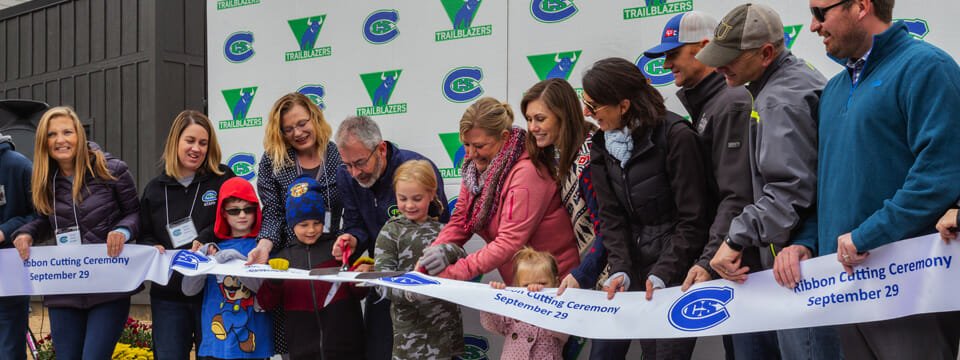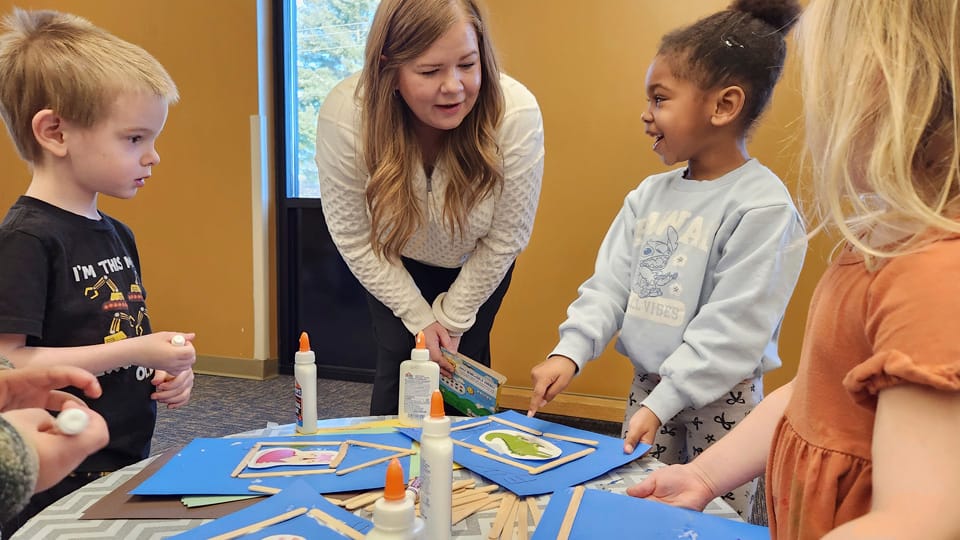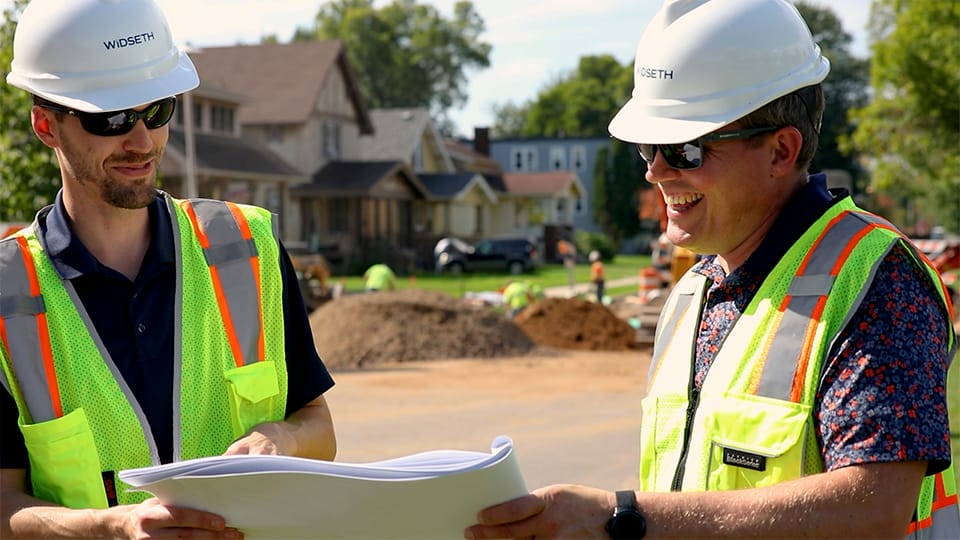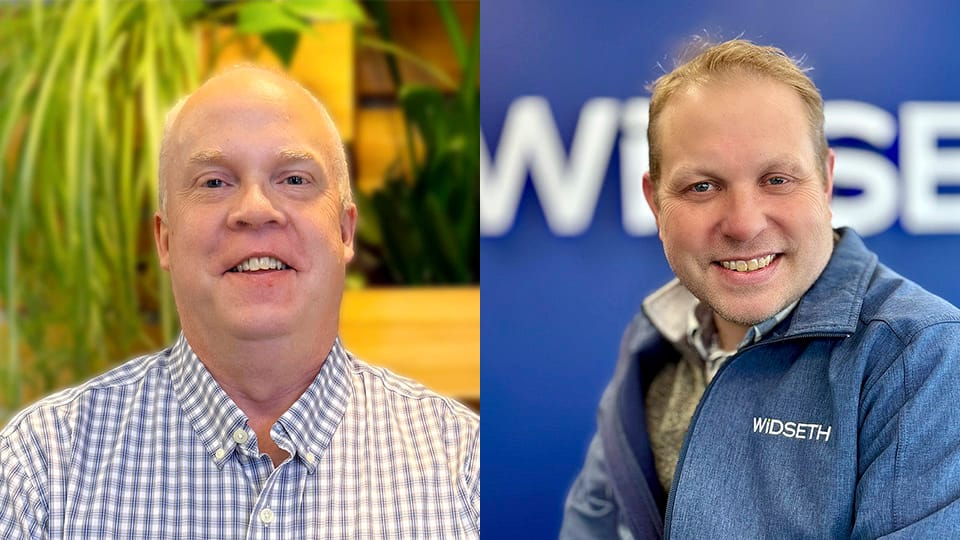At its core, long-range planning is about hope. It’s about seeing a better future for your organization, creating long term goals, and developing action plans. You have hope for better days ahead, but do you have a long-range facility plan for your school?
Planning can be challenging, especially when overcoming today’s challenges of “safe” public meeting alternatives, availability of participants, and their access to remote meeting technology. But it’s important enough to work at overcoming those hurdles rather than dealing with the consequences later. Without a good plan in place, buildings could fall into disrepair, unexpected and costly repairs could arise, and resources may be put toward lower priority projects, ultimately leading to negative impacts on enrollment and a drop in state funding. But with the right tools and information, you can develop a plan that leads your school into a hopeful future.
The first step is to understand your current buildings and systems. What works? What can be improved? A facility assessment helps:
- Determine needs, what types of spaces are needed, at what size, location, etc.
- Define deficiencies, is space fully utilized, are classrooms too small, are there enough classrooms and restrooms, are there security concerns, etc.
- Verify the condition of the building(s)’where are repairs or maintenance needed, what is the remaining life of building systems, etc.
Once these things are determined, decisions can be made on how to prioritize needs and how to fund them. Is a referendum needed, or can improvements be made in smaller increments, project-by-project? Widseth has helped dozens of school districts through both scenarios.
Referendum
The most successful referenda are community driven. Voters are more likely to support an information campaign that is organized by a group of dedicated parents and school supporters working together to disseminate useful, fact-based, clear communications about the district’s needs and funding avenues. Widseth knows just the kind of information, illustrations, videos, and digital communications to provide to diverse groups to meet with success. We can help you develop a plan and supporting materials from start to finish, including:
- The Facility Assessment discussed above.
- Space Programming to better understand the needs. This provides a sense of the scale, relationships between spaces, impact of the project to existing spaces, potential phasing of work, cost, etc.
- Site Analysis takes a deep dive into different sites’ suitability, cost, and other factors for potential development.
- Concept Development paints a picture of what the changes would look like with diagrammatic plans, floor plans, site plans, and renderings.
- Campaign Materials such as brochures, images, videos, websites, and other media help share the story and communicate facts to the public.
- Townhall Meeting participation to gather public input during the development phases and again to present elements of the referendum.
- Assist with the Minnesota Department of Education Review and Comment process.
Phased Implementation, or Project-by-Project
Many of our client school districts have used other methods of funding their projects, rather than going out for a referendum. Our experienced team can assist with the following:
- Determining the scope of the work.
- Establishing a construction budget.
- Developing a construction schedule and potential phasing of work if it overlaps a school year.
- Identifying potential funding sources.
- Identifying potential rebates.
- Managing the bidding and construction phases.
With a promising outlook and a long-range plan on your mind, let’s start a conversation about your school’s future.




